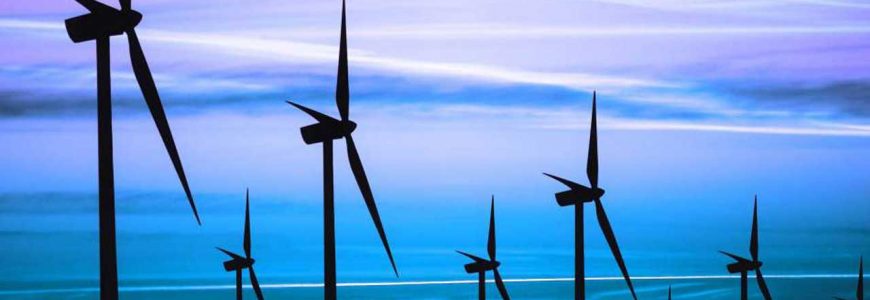
Less than two years after it returned to the international oil markets, Iran is quick to embrace the alternative of oil: renewable energy sources. The country’s Deputy Energy Minister, Houshang Fallahatian, told media that Tehran plans to add 1,000 MW of new renewable power capacity every year over the next five years. Revenues from renewables should reach US$60 billion if the plan succeeds.
At the moment, Iran’s power capacity is 77,000 MW, of which renewables make up a tiny 360 MW portion. Of this, wind power represents 141 MW, while the potential for wind power capacity in the country is 100,000 MW. Renewables, including hydropower, account for just 6 percent of energy generation, versus natural gas’ 90 percent share.
By 2022, however, renewables could come to account for a quarter of power generation in Iran, Mohammad Sadeqzadeh, the head of state-held Renewable Energy and Energy Efficiency Organization (Satba) said last week. Overall, Iran is aiming for a 5,000 MW annual increase in power generation capacity to meet growing domestic demand and expand its presence on the regional electricity market.

